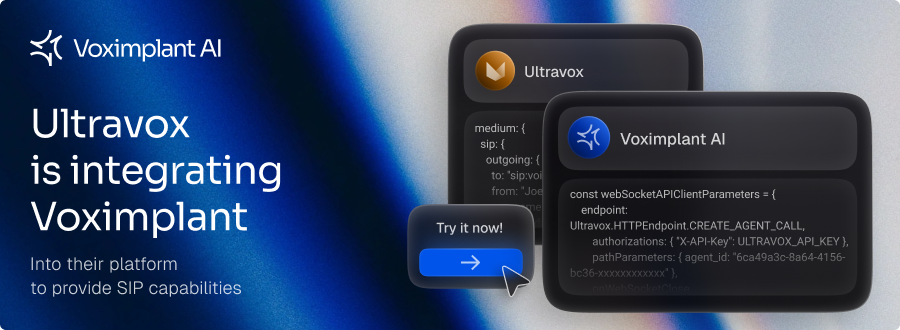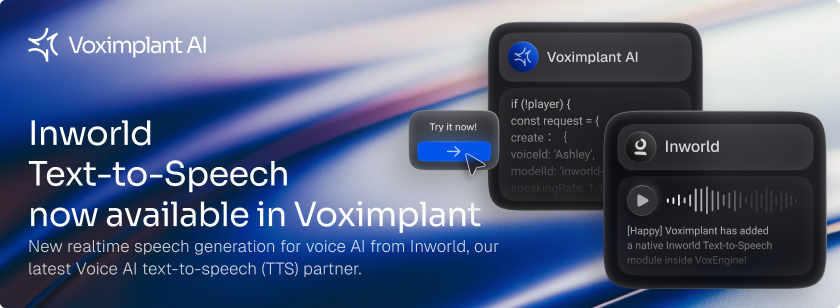In 2024, no-code platforms have become central to the operational frameworks of modern companies. Particularly, marketing, analytics, and sales teams, the early adopters, are now leveraging these tools to accelerate their workflow and achieve strategic goals independently.
Historically, implementing a groundbreaking hypothesis or strategy could significantly increase a company's revenue—if executed swiftly. However, too often these initiatives were bogged down by the operational demands on other teams. A promising idea could lose its edge and relevance while waiting for various components such as a landing page from a front-end developer, layouts from designers, copy from copywriters, and analytics implementations from analysts.
The current market has responded to this bottleneck with a plethora of tools designed to empower teams to become faster and more autonomous, without the need for specialized technical skills. With these tools, creating a robust digital presence and executing marketing strategies can now be accomplished in a matter of hours or even minutes, not weeks.
For instance, teams can now deploy fully-functional websites using drag-and-drop website builders that offer a range of attractive templates. Integrating a chatbot into these websites can be done effortlessly using intuitive chatbot builders, while cloud-based contact center solutions like Voximplant Kit can be set up without any coding, enhancing customer support capabilities. Even the content creation for web pages has been simplified through advanced AI solutions like ChatGPT, which can generate compelling copy on demand.
Yet, a critical gap remains. Despite these advancements, teams still encounter operational inefficiencies that slow them down. The next frontier in no-code solutions involves tools that not only facilitate task execution but also enable teams to independently identify and rectify bottlenecks in their processes. This involves leveraging no-code iPaaS solutions that can integrate various tools and platforms, ensuring seamless data flow and automation across all systems without any coding requirement.
Understanding iPaaS and No-Code Tools
Integration Platforms as a Service (iPaaS) refer to no-code cloud platforms that allow you to connect applications, synchronize data between them, or automate processes without the need for programmers. Their interface usually features a visual process editor that looks like a flowchart, or a block builder, where you can select the applications you want and choose the actions that should be performed automatically in these processes.
Imagine that you have additional hands in your team that can perform repetitive actions for you 24 hours a day without getting tired or making mistakes. For example, to handle the arrival of a new request from a potential client, the system can then send the data about this contact to AI and finally compose and send an excellent personalized letter from your name with an offer to conduct a demo call. To further enhance customer communication, consider exploring the Top 5 Virtual Phone Systems with Advanced Analytics for 2024.
Or consider another scenario: you need to prepare product descriptions from new arrivals for your online shop. iPaaS will allow you to easily connect OpenAI to your Google Sheets, analyze product properties, and create excellent SEO-optimized descriptions in your Shopify cards. All these tasks will be performed regularly without your involvement, you only need to set up the script one time. For more insights on optimizing your Shopify store's performance, check out an article on the Top 5 Analytics Tools for Shopify in 2024.
The Best iPaaS Solutions in 2024
Zapier
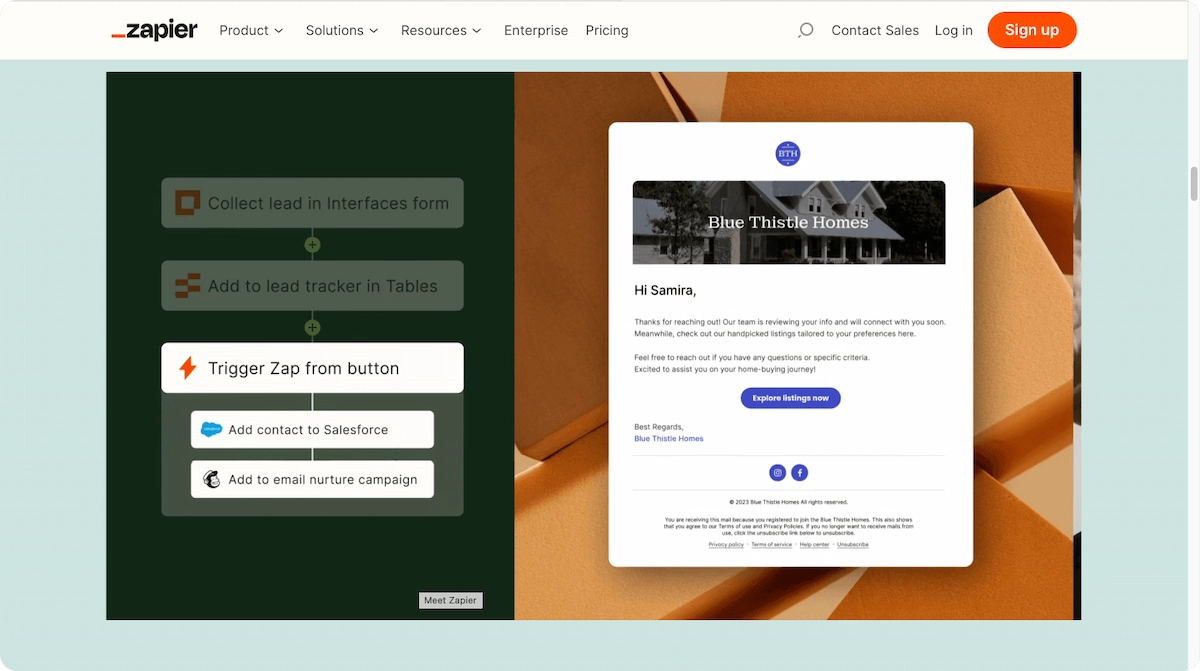
As of 2024, Zapier remains a frontrunner among iPaaS platforms (Integration Platform as a Service), celebrated for its robust automation tools and an expansive library featuring over 5,000 applications. Zapier focuses primarily on streamlining processes through automation, supporting popular applications such as Google Sheets, Slack, Gmail, and many others.
Integrations on Zapier are crafted using a drag-and-drop builder, allowing each user to set up workflows that start with a trigger and follow through with one or more actions. The platform also offers additional features like a "database" and bots, available for an extra fee.
Pricing: Zapier offers its services starting at $29.99 per month, which includes 750 actions per month. For teams looking for more advanced features and higher capacity, the Team Plan starts at $103.50 per month and includes 2,000 actions.
Pros:
- Intuitive Interface: Zapier's user interface is straightforward, making it accessible even for those with little to no technical background.
- Extensive Integration Options: With a rich library of templates, the platform enables easy integration with a multitude of popular apps.
- Detailed Guides and Support: The platform provides comprehensive tutorials and support documentation to help users manage and troubleshoot their integrations effectively.
Cons:
- Complex User Interface: While designed to be user-friendly, the wealth of features can make the interface appear cluttered and potentially overwhelming for new users.
- Limited Immediate Support: Zapier offers extensive support through documentation and community resources, but real-time support can be slow and is often only available through email, with premium support options being costly and reserved for higher-tier plans.
Workato
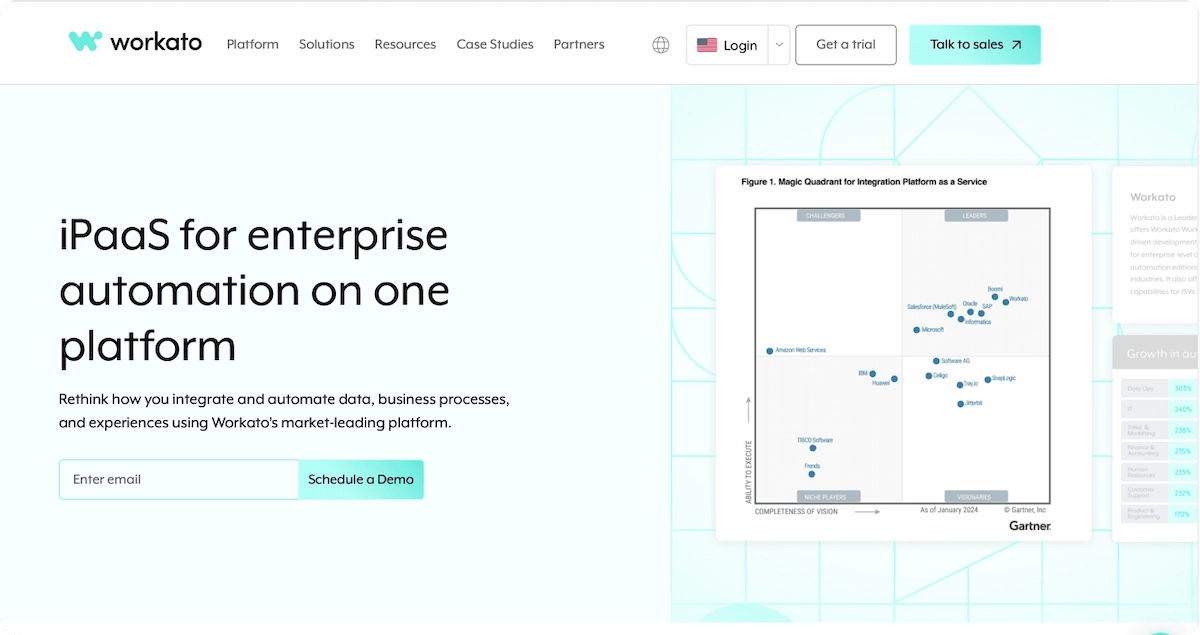
Workato stands out as a formidable iPaaS (Integration Platform as a Service) known for its robust integration and automation capabilities tailored for enterprises. It supports a wide array of integrations with business applications and IT systems.
Integrations and automations on Workato are set up in a visual editor, designed to address complex needs and integration scenarios. The platform features advanced functionalities like automation path branching, data transformation, and detailed automation management.
Pricing: Workato's pricing is typically customized and requires direct consultation, reflecting its focus on deploying large-scale integrations.
Pros:
- Advanced Workflow Handling: Users appreciate Workato for its ability to manage complex and sophisticated workflows, effectively utilizing machine learning to suggest improvements and optimize processes based on historical data.
- Intelligent Features: The platform is celebrated for its smart use of technology in automating and refining operational workflows, making it a preferred choice for businesses seeking efficiency.
Cons:
- Learning Curve: The depth and complexity of its features mean that learning how to use Workato can be challenging and time-consuming, often requiring a solid technical background.
Albato
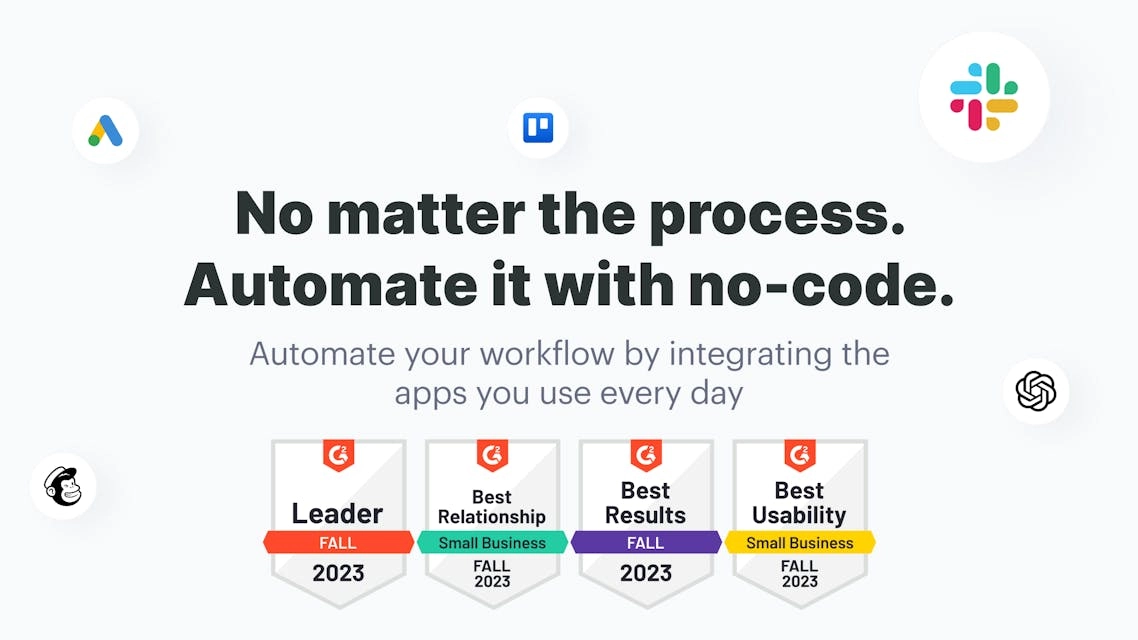
Albato is a rapidly rising iPaaS platform that has quickly gained popularity among small businesses and startups, thanks to its optimal combination of functionality and competitive pricing, even when compared to Zapier. This platform focuses on creating integrations and automated workflows through an automation builder, with a process similar to Zapier that revolves around identifying triggers and executing subsequent actions.
Pricing: Albato's basic plan starts at $19 per month with monthly payments, or $13 per month with annual payments. Nearly all features are available from the basic plan, making it an economically attractive option for businesses looking to start with integration services.
Pros:
- User-Friendly Interface: Albato boasts a straightforward and uncluttered interface, allowing users to effortlessly create their first integration on day one. The intuitive design and affordable start-up cost make it particularly appealing.
- Extensive App Integration: With a block builder that supports integration with over 600 popular applications, Albato enables real-time automated workflows, scheduled data synchronization, and data migration from one system to another. The App Integrator feature allows the addition of any app with an API to Albato's ecosystem, enhancing the capabilities for custom integrations.
Cons:
- Limited App Library: While Albato can integrate with approximately 700 applications, it's important to verify if the specific apps you need are supported, as its library is not as expansive as some larger platforms.
- Fewer Ready-Made Templates: Compared to other platforms, Albato offers fewer pre-built templates, which may require more initial setup work from the users.
Tray.io
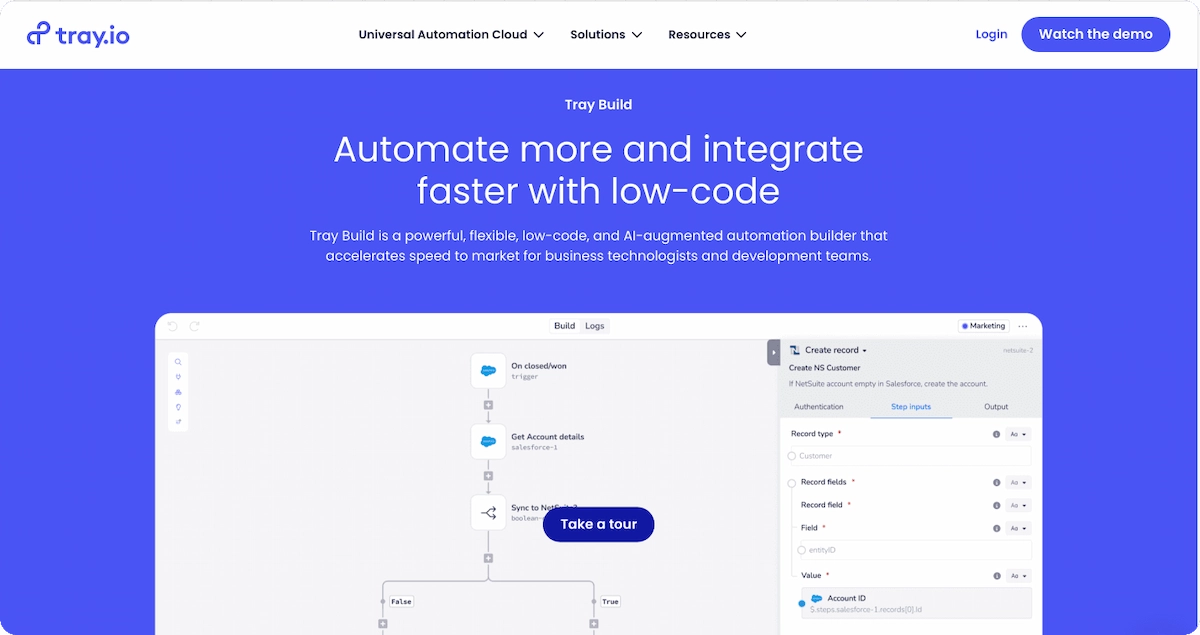
Tray.io is a prominent iPaaS platform somewhat akin to Workato. While Workato represents the pinnacle of complexity and capability, offering the highest level of workflow customization, Tray.io stands out with its own robust features. It includes advanced functionalities such as branching and looping connections, enabling the creation of complex multi-level workflows suited for large companies and enterprises. The configuration of these workflows is facilitated through a visual editor interface.
Pricing: Tray.io offers three main pricing tiers: Professional, Team, and Enterprise. Specific pricing details are available upon request.
Pros:
- Advanced Capabilities: If you have basic technical skills and understand API documentation, you will appreciate Tray.io for its extensive capabilities that allow for seamless integration of a wide range of applications and services.
- Customizable Workflows: The platform's ability to support complex, tailored processes makes it ideal for organizations with specific integration needs.
Cons:
- High Cost: Tray.io can be quite expensive, which might be a barrier for smaller businesses or startups.
- Complexity in Usage: Closer to a low-code rather than a no-code platform, Tray.io requires a basic understanding of coding, or at least someone on your team who can handle such tasks, which could limit its accessibility to non-technical users.
Boomi
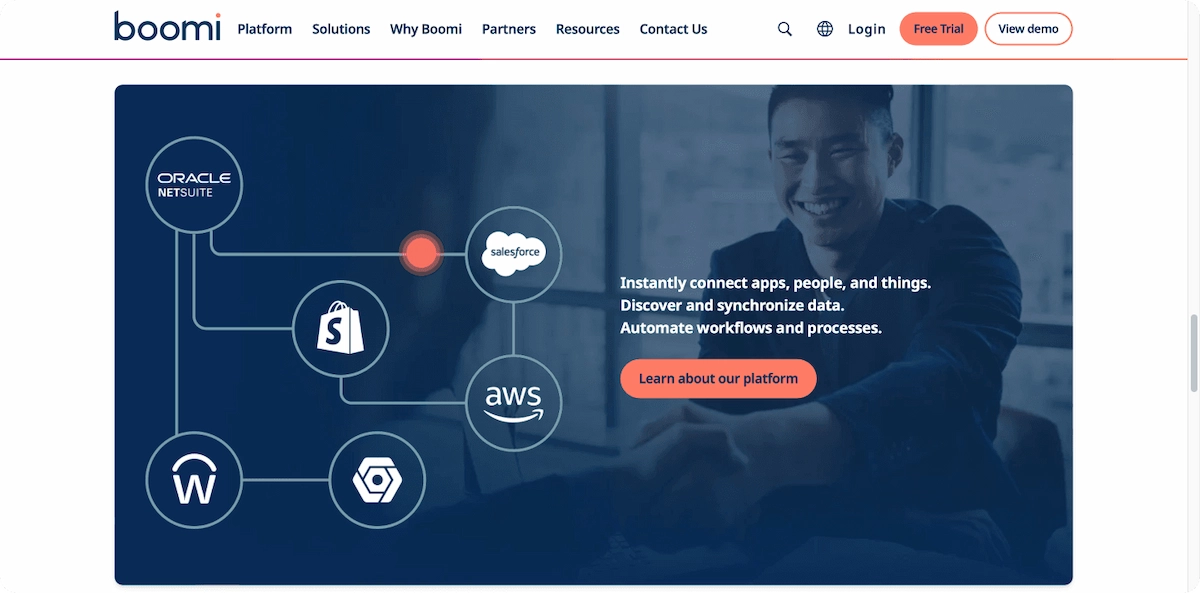
Boomi is an iPaaS (Integration Platform as a Service) platform that is primarily aimed at IT teams. You might wonder, what then differentiates Boomi from traditional approaches? The answer lies in its potential to double the development speed of your programming teams. Boomi utilizes a low-code interface and offers a user-friendly visual editing environment with block diagrams. It also features an extensive library of pre-configured templates and processes that simplify setting up new integrations.
Pricing: Starting at $50 per month, Boomi also charges users per application and connection, which can increase the total cost depending on the scale of integration needs.
Pros:
- Efficient Integration: Boomi facilitates seamless connections between cloud and on-premise applications, making it ideal for IT teams handling large data volumes.
- Multiple APIs: The platform supports various APIs, including REST API, SOAP API, EDI API, and MDM API, enhancing its versatility in integration scenarios.
Cons:
- Cost Model: Boomi's pricing model may not be the most economical for small enterprises or startups. Costs can escalate, especially for organizations that require extensive integrations with many applications and connections.
- Complexity: The complexity of Boomi's features makes it more suitable for developer teams rather than non-technical users.
- Language Support: Limited support for non-English languages could pose a barrier for international companies operating in multilingual environments.
Celigo
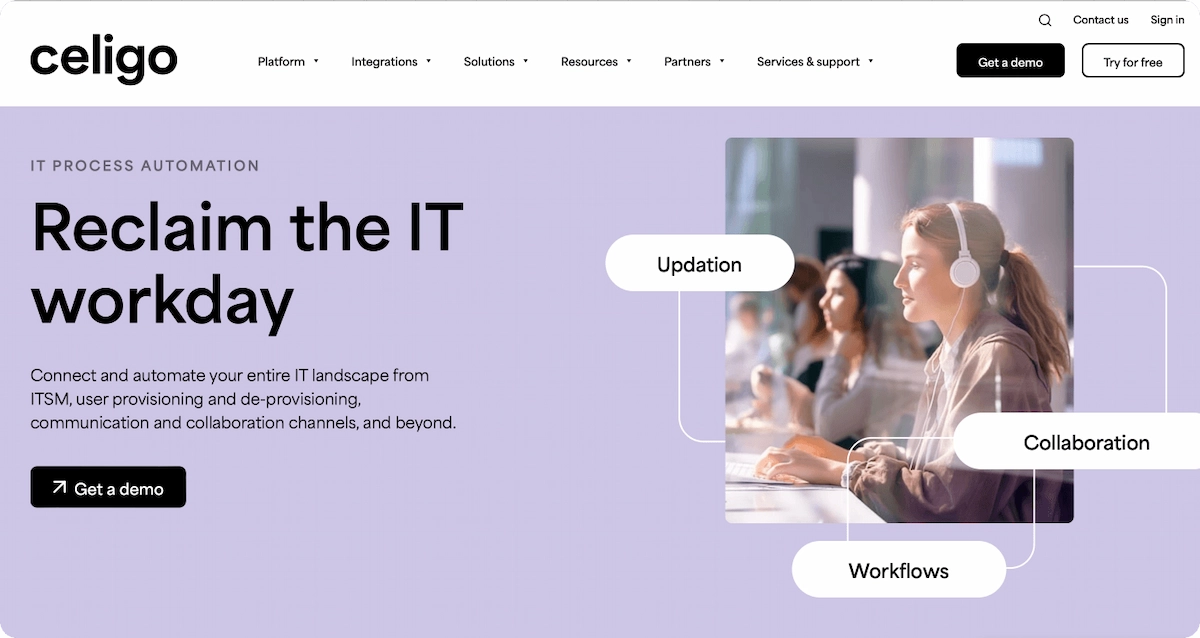
Celigo is another popular iPaaS (Integration Platform as a Service) provider, offering a suite of solutions designed for connecting and automating workflows, particularly for NetSuite users. The Celigo interface is equipped with drag-and-drop functionality, simplifying the integration process.
Pricing: Celigo offers a scalable pricing model that depends on usage. Specific pricing details are available upon request.
Pros:
- Customizable Integrations: Users can tailor integrations using JavaScript or other programming languages, meeting more specific needs.
- Wide Range of Connectors: The platform includes a broad array of ready-to-use connectors for systems such as Salesforce, NetSuite, Zendesk, Microsoft Dynamics 365, Jira, Magento, SAP, and QuickBooks.
Cons:
- Technical Expertise Required: To fully utilize all features, technical expertise is necessary.
- Integration Limitations: There are some restrictions on integrations with certain applications.
Conclusion
If something can be automated, it should be automated. A crucial metric for any business is its ability to rapidly deliver value to the end customer. This involves either reducing operational costs or optimizing processes.
In 2024, the market offers a multitude of solutions and all the conditions needed for businesses to become agile, such as cost-effectiveness, no need for specialized skills, and a low entry threshold. It’s wise to leverage these opportunities to stay a step ahead of the competition.



